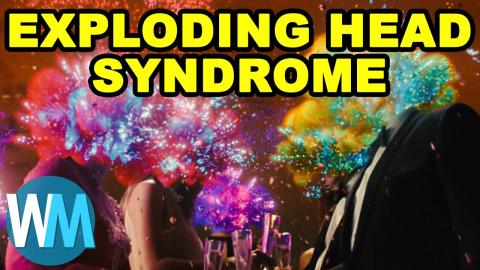Top 10 Weirdest Sleep Disorders You Do Not Want

There are some mystery sleep issues you may never have heard of. From Exploding Head Syndrome and Nocturnal Sleep-Related Eating Disorders, to Sexsomnia (or Sleep Sex), these are strange sleeping disorders, as well as some terrifying sleep disorders. WatchMojo counts down ten fascinating rare sleep problems.
Special thanks to our users Lloyd Eksteen, MikeMJPMUNCH and Lindzzze for suggesting this idea! Check out the voting page at http://WatchMojo.comsuggest/Top%20Ten%20Bizarre%20Sleep%20Disorders
Sign in to access this feature
Sign in
to access this feature